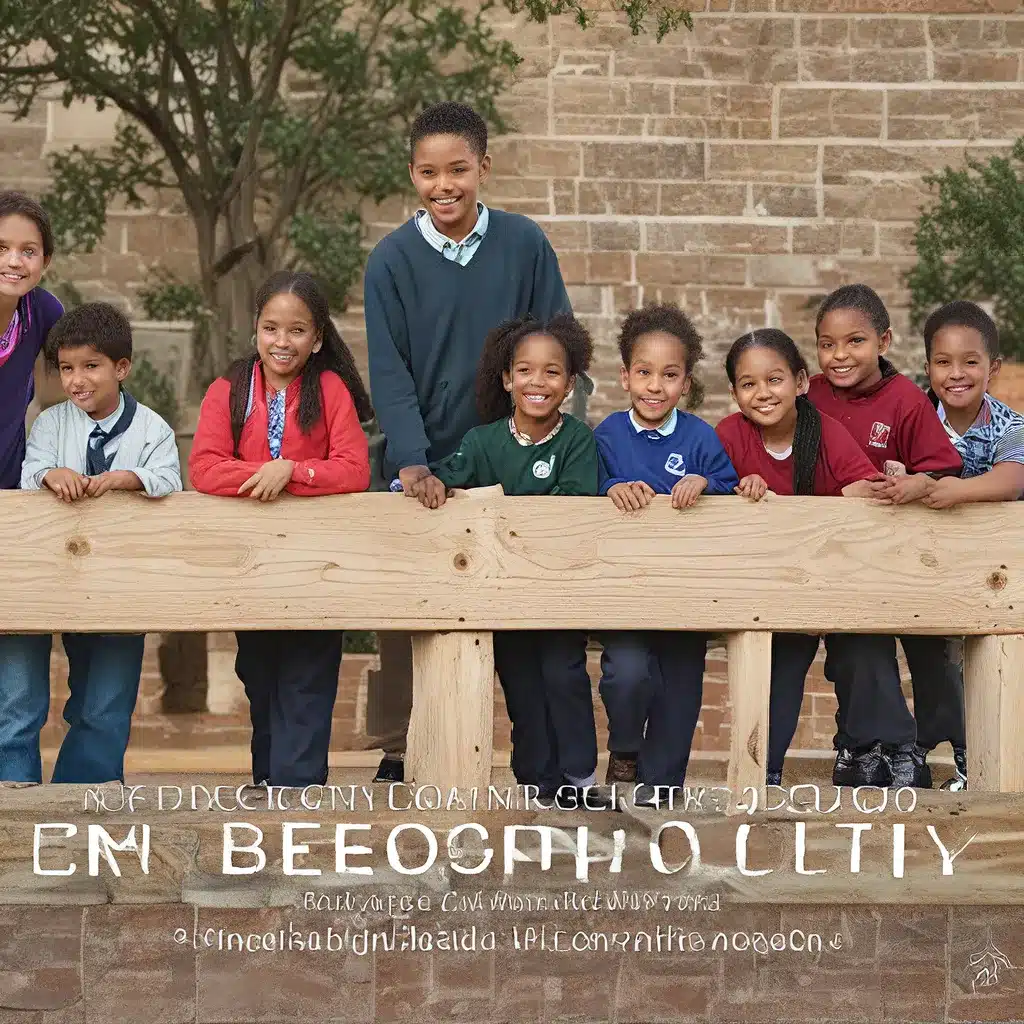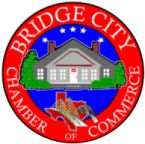
Bringing Classrooms and Communities Together
As I stroll through the bustling streets of Bridge City, I can’t help but notice the palpable energy that permeates the air. It’s a far cry from the segregated, resource-starved neighborhoods I’ve encountered in other parts of the country. Here, in this vibrant community, public education is thriving, thanks to a remarkable network of school-community partnerships that are transforming the lives of students, one classroom at a time.
It all began a few years ago, when a group of passionate educators, community leaders, and housing advocates came together to tackle the persistent challenges facing Bridge City’s public schools. They recognized that the path to academic success was inextricably linked to the availability of quality, affordable housing and the equitable distribution of community resources. With a shared vision and a steadfast determination, they set out to rewrite the narrative and create a model that could be replicated across the nation.
Unlocking the Potential of Diverse Classrooms
At the heart of Bridge City’s educational revolution is a deep understanding that diversity is not just a buzzword, but a catalyst for growth and innovation. The city has embraced the power of integration, actively working to create classrooms that reflect the rich tapestry of its community. From the bustling urban centers to the quiet suburban neighborhoods, students of all backgrounds come together, learning from one another’s unique experiences and perspectives.
As the Baltimore Regional Housing Partnership (BRHP) has demonstrated, this commitment to integration is transforming the educational landscape. By expanding housing options and providing families with access to well-resourced neighborhoods, BRHP is ensuring that children from all socioeconomic backgrounds have the opportunity to attend diverse, high-performing schools.
The results speak for themselves. Students in Bridge City’s integrated classrooms consistently outperform their peers in neighboring districts, with higher test scores, better graduation rates, and a greater sense of civic engagement. But the benefits extend far beyond academic achievements. These diverse learning environments foster empathy, critical thinking, and a deeper appreciation for the richness of our shared humanity.
Bridging the Gap Between School and Community
While the diversity of Bridge City’s classrooms is undoubtedly impressive, the true magic lies in the deep connections forged between the schools and the surrounding community. The city has embraced the concept of community schools, where educators, families, and local organizations work hand-in-hand to address the holistic needs of students.
“It’s not enough to just focus on test scores,” explains Jane, a seasoned teacher at one of Bridge City’s community schools. “We need to look at the whole child – their physical well-being, their social-emotional development, and their access to resources outside the classroom. That’s where the community comes in.”
True to her words, Jane’s school has become a hub of activity, offering a range of services that extend far beyond the traditional academic curriculum. From after-school programs and family counseling to healthcare screenings and workforce development workshops, the school has transformed into a vital community center, meeting the diverse needs of its students and their families.
Empowering the Next Generation of Leaders
But the impact of Bridge City’s school-community partnerships extends beyond the classroom walls. By fostering a culture of collaboration and innovation, these initiatives are nurturing the next generation of leaders, empowering students to become agents of change in their own communities.
Take the example of the SPARC Kips Bay project in New York City. This groundbreaking initiative is creating a first-of-its-kind hub that integrates secondary and post-secondary education with industry and public health institutions. By providing students with hands-on learning opportunities and direct connections to cutting-edge careers in the life sciences and healthcare sectors, SPARC Kips Bay is empowering the next generation to tackle the pressing challenges of our time.
“This is about more than just test scores,” says Maria, the deputy mayor of housing, economic development, and workforce. “It’s about giving our young people the tools and the pathways they need to thrive in the workforce of the future. And it all starts with building strong partnerships between our schools, our communities, and our industries.”
A Blueprint for a Brighter Future
As I reflect on my time in Bridge City, I can’t help but feel a sense of awe and inspiration. This is a community that has refused to accept the status quo, a place where traditional boundaries have been shattered in pursuit of a more equitable and inclusive future.
The school-community partnerships that have taken root here are not just transforming the lives of individual students – they’re redefining the very nature of public education. By putting diversity, collaboration, and community at the heart of their efforts, Bridge City’s educators, leaders, and residents have created a blueprint that can be replicated across the nation.
And as I leave this vibrant city, I can’t help but wonder: What if every community had the courage to follow in Bridge City’s footsteps? What if we all embraced the power of integration, the strength of community, and the limitless potential of our young people? The answer, I believe, lies in a future where every child, regardless of their background, has the opportunity to thrive – a future that is closer than we think, thanks to the trailblazers of Bridge City.
So, let’s raise a toast to the visionaries, the collaborators, and the dreamers of Bridge City. They’ve shown us that when we come together, there’s no challenge we can’t overcome, no dream we can’t achieve. And with their inspiration, I’m confident that the path to a brighter, more equitable future is well within our reach.


